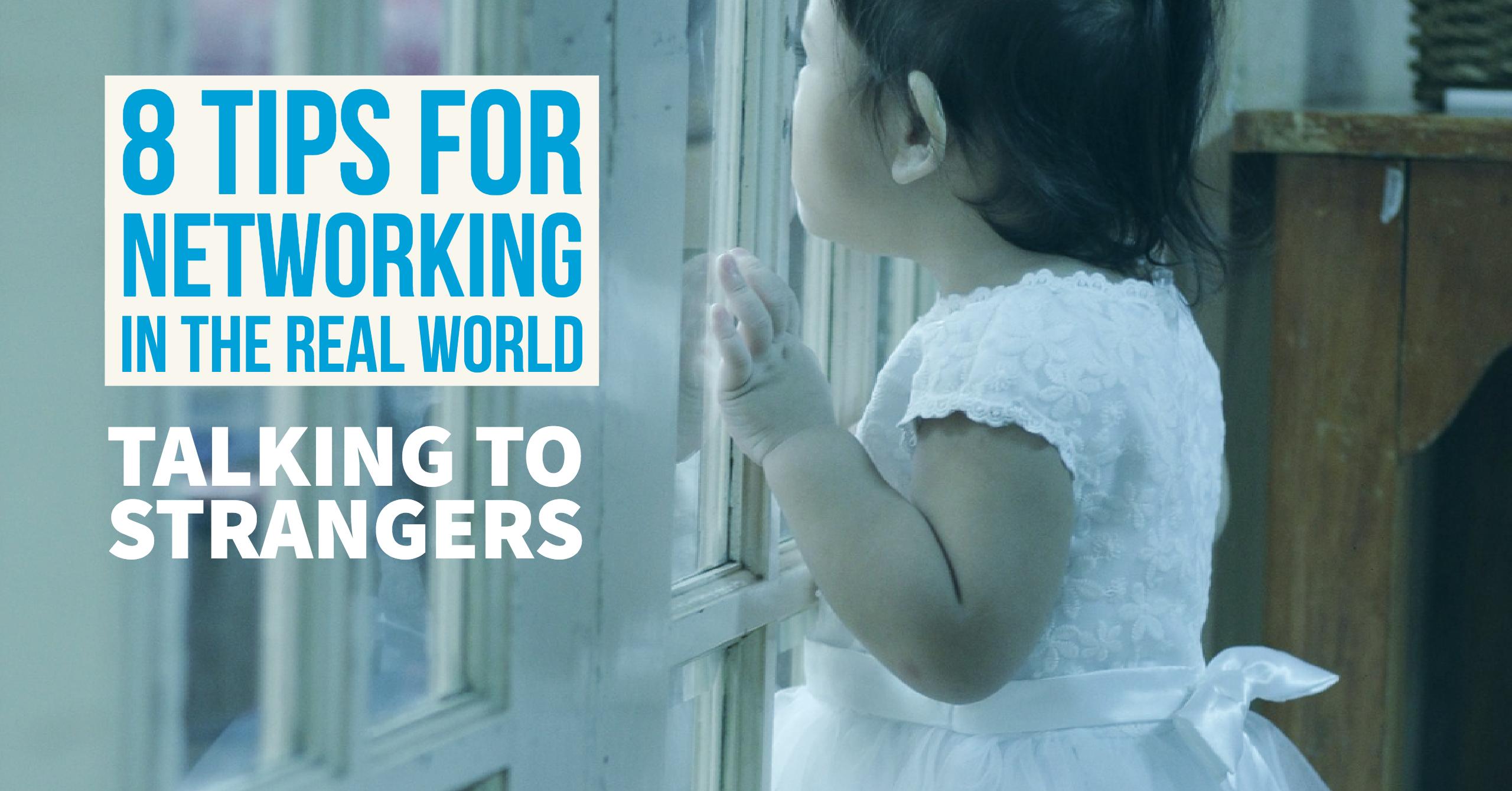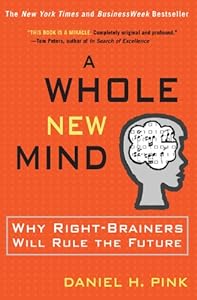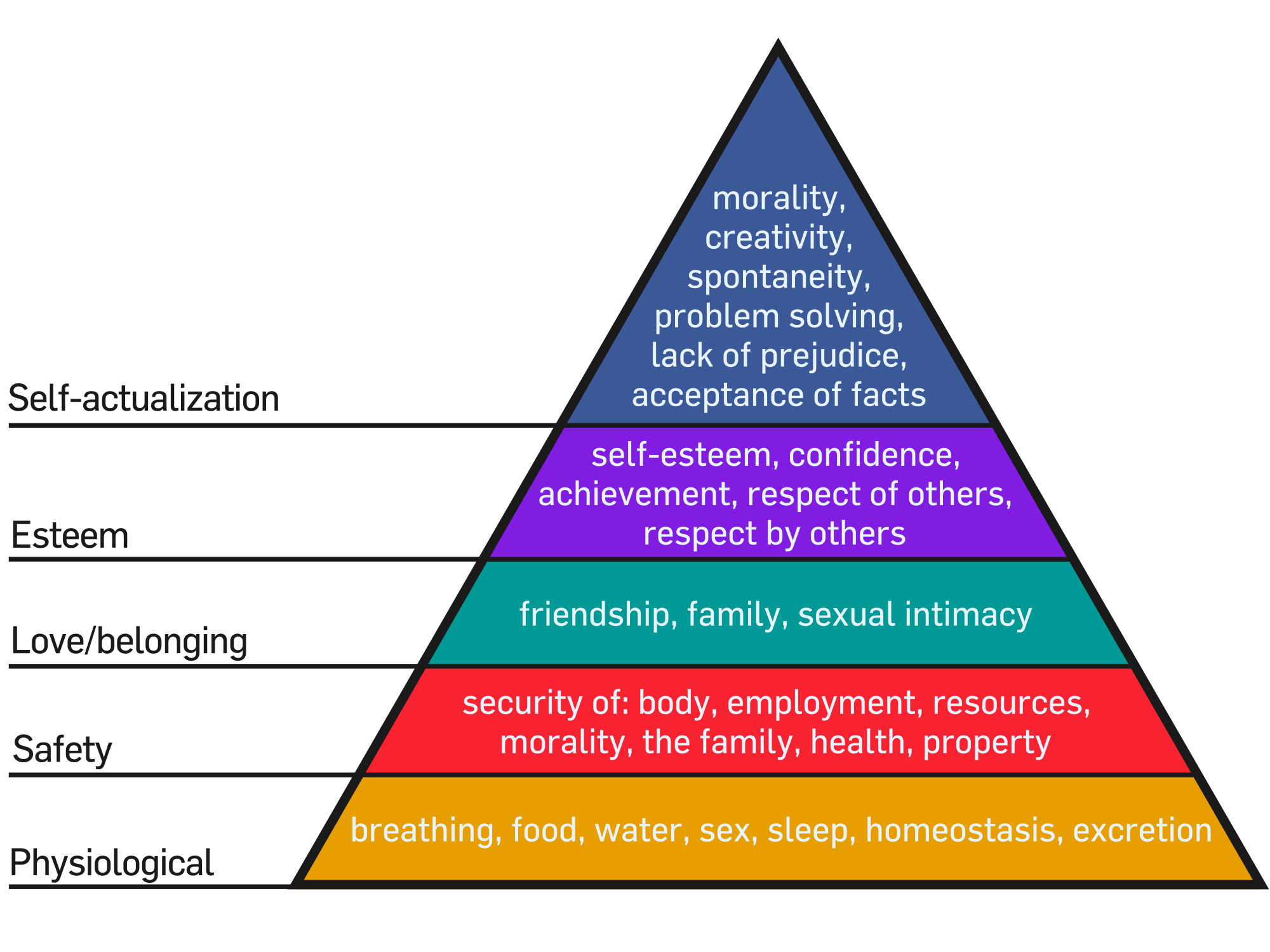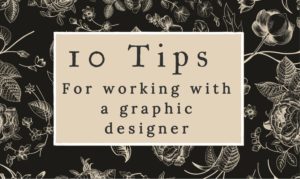
Everyone knows the benefits of networking, but knowing something and doing it aren’t always the same thing. I’ve had to drag colleagues, friends and my husband to networking events and I’ve been dragged to a few myself. The time before the event is generally the worst part. That’s the period when you come up with a bunch of terrific excuses for not going. The anticipation of doing something that may not feel natural can take on huge proportions. You can reduce some of that stress by setting a few simple goals for yourself. Decide that you will meet two or three new people. You can promise to hand out at least one business card. Once you get going you’ll probably find it’s not as hard as you thought. Keep in mind that there is a good possibility that the other people at the event are either anticipating meeting someone new or as anxious about the process as you are.
The following tips are intended to help you ease your way into working a room and having good conversations. Remember, this is not all about you and don’t forget your business cards.
1) Find the loners.
So you show up at an event alone and you’ve promised yourself you’re going to work the room…where to start? Look for someone who’s also on their own. Chances are they want someone to talk to as well. It’s way easier to chat with someone on their own than trying to elbow your way into a group deep in discussion.
2) Talk to the big shots.
Talk to the big wigs in the room. No, I’m not suggesting you’re a snob, but powerful or popular people are used to people wanting to talk them and many know how to make that small talk that opens up larger conversations. Chances are, most people will be too intimidated to approach them. If there is a guest speaker, talk to them before they speak or speak to the host or moderator. Afterwards, they will most likely be swamped.
3) Ask a simple question to get started.
Starting a conversation is as easy as asking a simple question or paying a compliment. The idea here is not to demonstrate the depths of your knowledge. This is also not an elevator pitch where you have a timer on engagement. This is simply about getting a conversation going and not freaking yourself out in the process. Consider the following:
- “What brings you to this event?”
- “Have you attended one of these events before?”
- “What are you looking forward to?”
- “Have you tried the meatballs?”
- “That’s a beautiful tie.”
- “What a lovely dress.”
- “It’s hot in here isn’t it?”
4) Ask about what they do.
Once you are warmed up, now’s the time to ask intelligent questions so you can get a good conversation started, but don’t be shy about starting with the basics. What do they do? What projects are they working on? What do they like about what they do? Let them know you are really interested in what they are saying. In order to ask intelligent questions specific to them, you actually have to be paying attention.
5) Ask about them.
Take the time required to learn a little about the person. What are their hobbies? Who are their family members? Do they have kids? Get to know the human being you are speaking to not just their name and job.
6) Do be quiet and stop talking.
No really, the fastest way to a good conversation is letting the other person talk, preferably about themselves. Letting them talk is about more than staying silent and staring into space. It’s about actively listening to them. Periodically confirm that you have heard by nodding or in some other subtle way letting them know that you are following along.
Mimic the movements of the person you are speaking to. Sit forward when they do and step back when they step back. By following their physical behaviour you will pick up clues about what they are thinking or feeling about the conversation. Take a look at the tips found in “Rather Have A Conversation Or A Meeting?” for additional ideas.
7) Don’t drone.
The sound of boredom is distinct, unmistakable actually, so be careful to monitor your tone. When it’s your turn to speak make sure you sound interested, engaged and positive. If you sound bored or irritated, the conversation will quickly come to an end. Also don’t go on and on about you. Don’t hesitate to show your passion, but allow the other person to show theirs too.
The secret to a good conversation is showing respect for the people you are engaging. Looking over their shoulder for the next person you are going to talk to or looking repeatedly at your watch is not showing respect. If you find yourself with a cling-on, that person who has chosen you as their companion for the evening, even if you have other plans, make an excuse and walk away. You can try saying you have to use the facilities or that you promised “your husband, babysitter, boss…insert plausible person here” that you would call.
8) Don’t let the event be your first and last point of contact.
After going to the trouble of making the most of the event, follow up with the connections you make. Connect on LinkedIn, send an article related to the conversation you were having. Invite your new contact out for coffee or lunch.
Do you have any good tips for networking? What do you do to prepare for a networking event?
 So I’m looking at my blog stats one night, this is a recurring disease of mine. I try to fight it off periodically, calling it obsessive and compulsive, but eventually I need to go and look. I won’t tell you how often I look at the stats or you might suggest that someone take my blog away from me. In any case, after showing remarkable restraint for a few hours, I finally gave in and went and looked. My post that week was not particularly exciting. I liked it, but I wasn’t expecting much. Imagine my surprise then when I see the spike in visitors. I wondered a bit and then figured maybe some of my regular readers who had not looked on the release date had come around. But that’s not what had happened. Strangely, when I looked at the country of origin I found Belgium. Belgium??? It’s wonderful place I’m sure, but I don’t know anyone there and while I get visitors from around the world, I don’t normally get a lot from any given country, much less over 50 in a one hour period. Clearly, something about my blog tags was coming up because of activities in that country. So I went out in search of the answer…yes that’s the kind of thing I do. I’m sure I was a cat in my last life.
So I’m looking at my blog stats one night, this is a recurring disease of mine. I try to fight it off periodically, calling it obsessive and compulsive, but eventually I need to go and look. I won’t tell you how often I look at the stats or you might suggest that someone take my blog away from me. In any case, after showing remarkable restraint for a few hours, I finally gave in and went and looked. My post that week was not particularly exciting. I liked it, but I wasn’t expecting much. Imagine my surprise then when I see the spike in visitors. I wondered a bit and then figured maybe some of my regular readers who had not looked on the release date had come around. But that’s not what had happened. Strangely, when I looked at the country of origin I found Belgium. Belgium??? It’s wonderful place I’m sure, but I don’t know anyone there and while I get visitors from around the world, I don’t normally get a lot from any given country, much less over 50 in a one hour period. Clearly, something about my blog tags was coming up because of activities in that country. So I went out in search of the answer…yes that’s the kind of thing I do. I’m sure I was a cat in my last life.
















